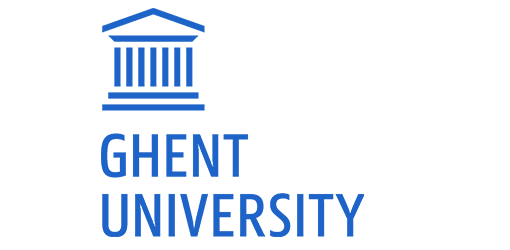Value Delivery Modelling - Empirical Investigation of the Value Management Platform
Description
The Value Delivery Modeling Language (VDML) is a new enterprise modelling standard adopted by the Object Management Group (OMG 2015). Using VDML, companies can model, design and analyse their processes of value creation. To help companies in using VDML, the company VDMbee has developed the Value Management Platform (VMP), a toolkit that can be used to create a management dashboard for decision-making regarding business change. The VMP incorporates the concepts of VDML but makes them transparant and intuitive for managers. Using VMP business changes (e.g., business model innovation, data-driven innovation, technology innovation, servitization, etc.) can be planned, different phases and scenarios can be modelled, and the impact of the changes on value creation can be estimated. Further, once a buiness change trajectory has started, the platform helps monitoring the changes and keeping the company on track.
VMP has been applied of different case studies over the last couple of years. The platform has also been extended, beyond support for VDML, by enterprise modelling tools like the business model canvas (Osterwalder & Pigneur, s.d.), Lindgren’s business model cube, and Kaplan and Norton’s strategy maps. VDMbee is interested in seeing new applications of VMP in order to explore new domains of decision-making, new kinds of business transformation and further integration of enterprise modelling tools. The purpose of the thesis is to explore, in collaboration with VDMbee, a new application and evaluate how VMP performs in order to come with recommendations for improvement or extension. Using analytical generalisation, the insights obtained from this application and evaluation will also contribute to the academic knowledge on enterprise modelling and may generate research questions to be addressed by future research.
The UGentMIS research group has a longstanding collaboration with VDMbee and previous master dissertation research has contributed significantly to the VMP project. We are specifically looking for candidates that wish to explore the application of the VMP in new areas, applications, industry sectors, etc. As an example, in 2018 a master student has applied the VMP in a start-up, which had not been done before. Furthermore, the methodology of using the VMP was compared to the ‘Durf Ondernemen’ methodology for start-ups employed at Ghent University.
The research method for this thesis is case-study research, see (Yin 2009). A good reference for research methodology in Business Informatics is (Recker 2013).
Example
As an example of master dissertation research at Ghent University that involved case study research on VMP (in this case a comparison with a related approach), we refer to the following thesis – clicking on the thesis reference will provide access to it.
(note: this thesis serves as an example, not as a standard for quality and extent of the thesis research and dissertation writing)
References
OMG. 2015. Value Delivery Metamodel, version 1.0.
Osterwalder, A. & Y. Pigneur. s.d. Business Model Generation.
Recker, J. 2013. Scientific Research in Information Systems: A Beginner’s Guide. Springer.
Yin, R.K. 2009 Case Study Research: Design and Methods. Sage.
